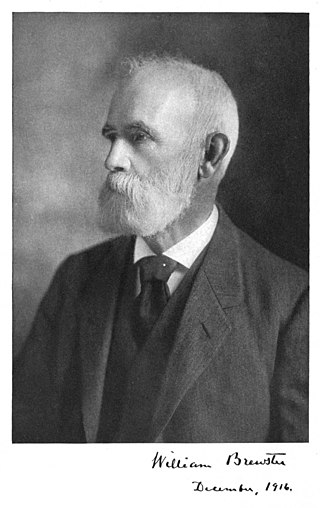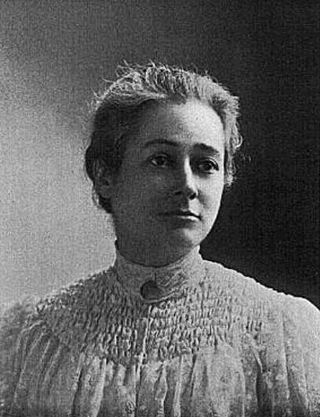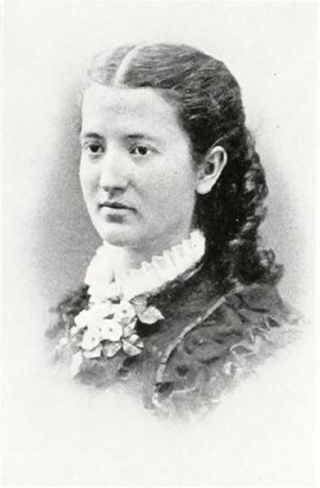
John James Audubon was a French-American self-trained artist, naturalist, and ornithologist. His combined interests in art and ornithology turned into a plan to make a complete pictorial record of all the bird species of North America. He was notable for his extensive studies documenting all types of American birds and for his detailed illustrations, which depicted the birds in their natural habitats. His major work, a color-plate book titled The Birds of America (1827–1839), is considered one of the finest ornithological works ever completed. Audubon is also known for identifying 25 new species. He is the eponym of the National Audubon Society, and his name adorns a large number of towns, neighborhoods, and streets across the United States. Dozens of scientific names first published by Audubon are still in use by the scientific community.

The northern rough-winged swallow is a small, migratory swallow. It is very similar to the southern rough-winged swallow, Stelgidopteryx ruficollis.

The wood thrush is a North American passerine bird in the family Turdidae and is the only species placed in the genus Hylocichla. It is closely related to other thrushes such as the American robin and is widely distributed across North America, wintering in Central America and southern Mexico. The wood thrush is the official bird of the District of Columbia.

The veery is a small North American thrush species, a member of a group of closely related and similar species in the genus Catharus, also including the gray-cheeked thrush, Bicknell's thrush, Swainson's thrush, and hermit thrush. Alternate names for this species include Wilson's thrush and tawny thrush. Up to six subspecies exist, which are grouped into the eastern veery, the western veery or willow thrush, and the Newfoundland veery.

Spencer Fullerton Baird was an American naturalist, ornithologist, ichthyologist, herpetologist, and museum curator. Baird was the first curator to be named at the Smithsonian Institution. He eventually served as assistant Secretary of the Smithsonian from 1850 to 1878, and as Secretary from 1878 until 1887. He was dedicated to expanding the natural history collections of the Smithsonian which he increased from 6,000 specimens in 1850 to over 2 million by the time of his death. He also served as the U.S. Commissioner of Fish and Fisheries from 1871 to 1887 and published over 1,000 works during his lifetime.

Robert Ridgway was an American ornithologist specializing in systematics. He was appointed in 1880 by Spencer Fullerton Baird, secretary of the Smithsonian Institution, to be the first full-time curator of birds at the United States National Museum, a title he held until his death. In 1883, he helped found the American Ornithologists' Union, where he served as officer and journal editor. Ridgway was an outstanding descriptive taxonomist, capping his life work with The Birds of North and Middle America. In his lifetime, he was unmatched in the number of North American bird species that he described for science. As technical illustrator, Ridgway used his own paintings and outline drawings to complement his writing. He also published two books that systematized color names for describing birds, A Nomenclature of Colors for Naturalists (1886) and Color Standards and Color Nomenclature (1912). Ornithologists all over the world continue to cite Ridgway's color studies and books.

Charles Wallace Richmond was an American ornithologist. He is best remembered for a compilation of the Latin names of birds that is called the Richmond Index.

William Brewster was an American ornithologist. He co-founded the American Ornithologists' Union (AOU) and was an early naturalist and conservationist.

Clinton Hart Merriam was an American zoologist, mammalogist, ornithologist, entomologist, ecologist, ethnographer, geographer, naturalist and physician. He was commonly known as the 'father of mammalogy', a branch of zoology referring to the study of mammals.

The Mississippi kite is a small bird of prey in the family Accipitridae. Mississippi kites have narrow, pointed wings and are graceful in flight, often appearing to float in the air. It is common to see several circling in the same area.

Florence Augusta Merriam Bailey was an American ornithologist, birdwatcher, and nature writer. Between 1890 and 1939, she published a series of field guides on North American bird life. These guides were often written with amateur birdwatchers in mind, leading to the popularity of the birding movement.

The crissal thrasher is a large thrasher found in the Southwestern United States to central Mexico.

The Birds of America is a book by naturalist and painter John James Audubon, containing illustrations of a wide variety of birds of the United States. It was first published as a series in sections between 1827 and 1838, in Edinburgh and London. Not all of the specimens illustrated in the work were collected by Audubon himself; some were sent to him by John Kirk Townsend, who had collected them on Nathaniel Jarvis Wyeth's 1834 expedition with Thomas Nuttall.

Charles Johnson Maynard was an American naturalist and ornithologist born in Newton, Massachusetts. He was a collector, a taxidermist, and an expert on the vocal organs of birds. In addition to birds, he also studied mollusks, moss, gravestones and insects. He lived in the house at 459 Crafts Street in Newton, Massachusetts, built in 1897 and included in the National Register of Historic Places in 1996 as the Charles Maynard House. The Charles Johnson Maynard Award is given out by the Newton Conservators, Inc.

The brown thrasher, sometimes erroneously called the brown thrush or fox-coloured thrush, is a bird in the family Mimidae, which also includes the New World catbirds and mockingbirds. The brown thrasher is abundant throughout the eastern and central United States and southern and central Canada, and it is the only thrasher to live primarily east of the Rockies and central Texas. It is the state bird of Georgia.

Althea Rosina Sherman was an American illustrator, educator, self-taught ornithologist, and writer who commissioned the building of the "Chimney Swifts' Tower" in Clayton County, Iowa. This structure enabled her to observe and report on the life cycle of chimney swifts, the first to complete such investigations. She published more than 70 articles in scientific and ornithological journals during her career. Sherman was elected as a member of the American Ornithologists' Union and was listed in the third edition of American Men of Science. Additionally, her work as an illustrator, particularly of the American goldfinch, inspired the Iowa General Assembly to adopt the American goldfinch as the Iowa state bird.

Cordelia J. Stanwood was an American ornithologist, wildlife photographer, artisan, and writer. One of her primary achievements was the creation of Birdsacre Sanctuary, also known as the Stanwood Wildlife Sanctuary. During the course of her ornithological career, she made scientific observations of the behavior of approximately 100 bird species, at a time when there had previously been few scientific studies of bird behavior.

Snowy Owl is an engraving by naturalist and painter John James Audubon. It was printed full size and is an early illustration of a snowy owl and part of The Birds of America. It was first published as part of a series in sections around 1831. This specific engraving of the snowy owl, like others in The Birds of America, consists of a hand-coloured engraving, made from copper engraved plates, measuring around 39 by 26 inches. The same book includes images of six now-extinct birds. Art historians describe the quality of Audubon's work as being high and printed with "artistic finesse".

Genevieve Estelle Jones was an American amateur naturalist and artist, known as "the other Audubon". Jones was inspired by the work of John James Audubon to illustrate a book identifying nests and eggs of the 130 species of birds that nested in Ohio. She died having completed only five illustrations, and the book, Illustrations of the Nests and Eggs of Birds of Ohio, was published posthumously.

Birds described in 1879 include the grey-headed silverbill, Macquarie rail, flame bowerbird, Cockerell's fantail, rufous-vented niltava, slaty cuckooshrike, Makira dwarf kingfisher, black-billed turaco, dusky-backed jacamar, buff-bellied tanager and the Santa Marta sabrewing, Rodrigues starling.




















